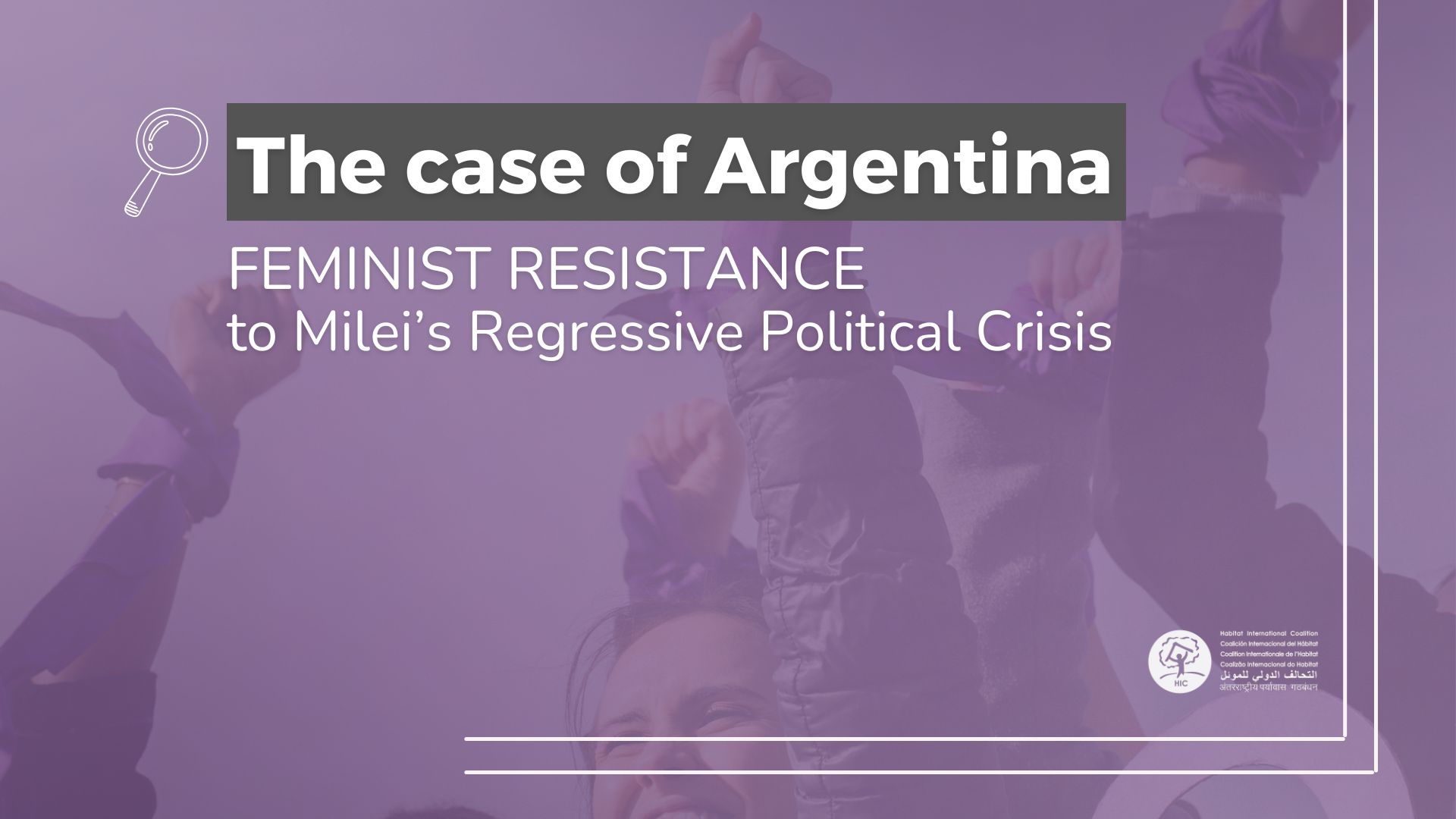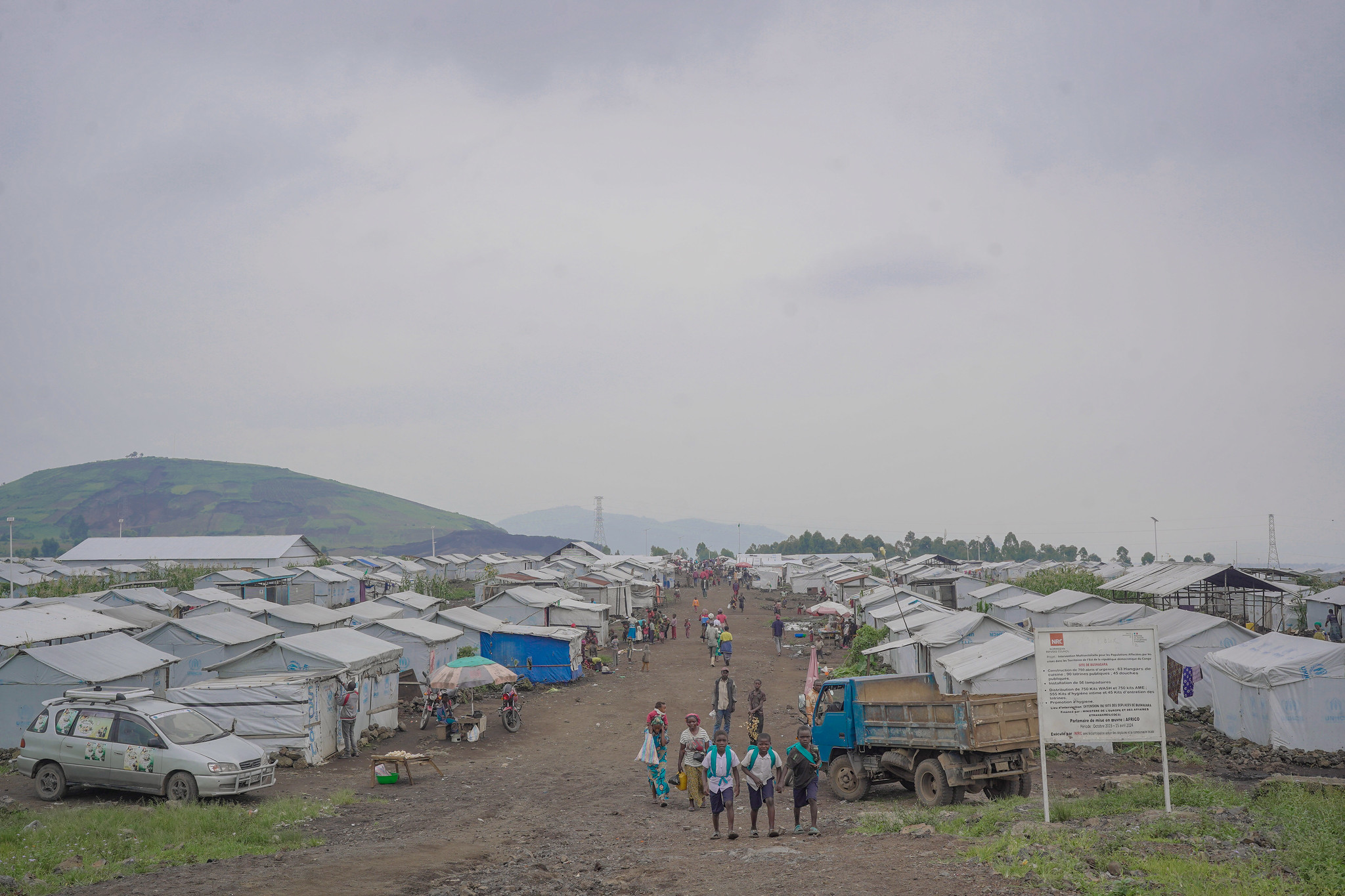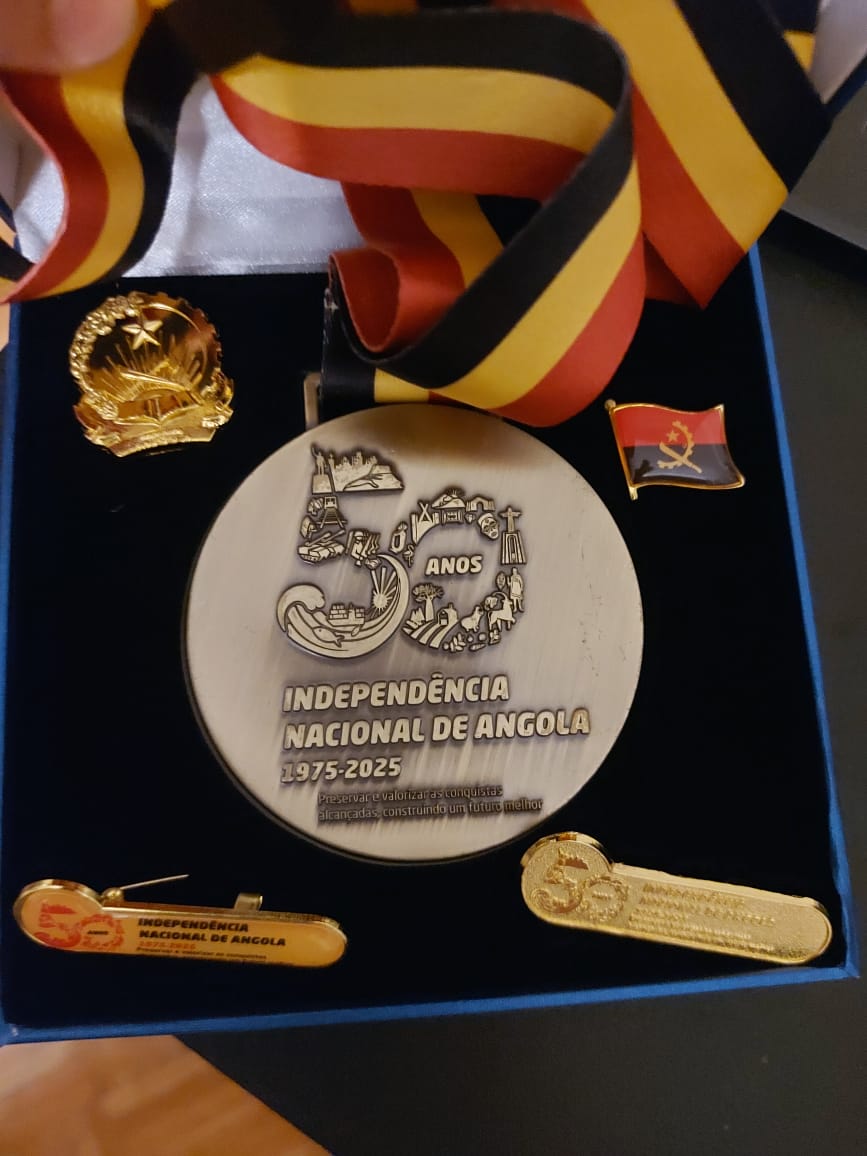Since 1985, Bolivian governments have been implementing neoliberal economic reforms[1]which have deepened levels of poverty and migration from the countryside to the city. Figures from the Instituto Nacional de Estadística (Bolivian National Statistics Institute, or INE) showed that in 2005, 65.98% of the country’s population lived in urban areas while 34.02% lived in rural areas. The cities which form Bolivia’s central axis, which include La Paz, Santa Cruz and Cochabamba, are collectively home to over 50% of the country’s population. The demographic growth of these cities has increased the social, economic, political and spatial vulnerability of their inhabitants.
There are many remarkable experiences and processes which have been carried out by non-governmental institutions, organisation and human rights activists, which are linked through the Red Nacional de Asentamientos Humanos (National Network of Human Settlements, or RENASEH)[2]. These actors have successfully included the right to housing in the new state constitution, establishing a viable foundation for urban reform in the country.
Neglect of Land Suitable for Urban Development
In Bolivia, there have been two processes of agrarian reforms[3], which implemented few measures in relation to land for urban development. The few advances made in urban legislation have occurred simply as a complement to the management of agricultural land.
In 1995, the Popular Participation Law established a new decentralized scheme for land distribution and administration and grassroots territorial organisations were created within municipal districts, giving municipalities new roles such as land use planning. This law increased the decentralization and autonomy of municipalities, and municipal governments quickly began to fill the legal vacuum in urban issues. They implemented standards for land administration, although these were enacted in a scattered manner without a national urban system to integrate them.
From the Right to Housing to the Right to the City: the Steering Committee
Struggles for the right to housing, secure access to land and a better quality of life in Cochabamba have been addressed through different facets and various associations. Until 2005, the Comunidad María Auxiliadora (María Auxiliadora Community) was at the forefront of the struggle for the recognition of collective ownership of land and housing as well as the mutual benefit offered through housing cooperatives, in cooperation with Fundación Pro Hábitat and Procasha. In addition, independent professionals and volunteer groups supported by Habitat for Humanity, along with families in need of housing, formed part of a new critical awareness of the social-housing reality in an urban context.
In 2000, Cochabamba was home to protests against water privatization, known as the “Water Wars” (Guerra del Agua). The city continued on its crusade which started with the expulsion of the transnational water company Aguas del Tunari, in an effort to maintain public control of water through a private company or community management, reviving the community water system model from the southern part of the city.
The issue of sustainable processing of waste, growing citizen insecurity and ongoing social conflicts between unionized and private forms of public transportation[4], revealed major flaws in Cochabamba city management.
In 2005, the Fundación Pro Hábitat brought together numerous actors affiliated with RENASEH for World Habitat Day. The wealth of exchange and coordination among organisations and institutions at the event prompted the first meeting of institutions and interested parties to address the right to the city. This is wherethe Steering Committee of the City Statute was born, now called the Steering Committee for the Right to the City[5].
The Process Developed by the Steering Committee for the Right to the City
The steering committee for the right to the city was founded as the Steering Committee for the City Statute following Brazil’s “City Statute law” as a model. It was determined that there was a need for analysis of urban issues in order to create and propose technical and political tools that would ensure the viability of a true social function of property that would benefit the democratic management of the city of Cochabamba.
The cities of Bolivia, especially those belonging to the central axis, have similar urban problems. For this reason, the committee is drafting a proposal for the right to the city in Cochabamba, which will act as a pilot project model for promoting urban reform in Bolivia.
The complexity of the problem and the Decalogue proposal
Problems such as the lack of access to urbanized land, the lack of adequate housing and the patronage of institutional management, independent of the city and dispersed urban standards, generated long debates making this issue very complex. The causes and consequences of these problems are summarized in the following points:
• The overwhelming unplanned immigration from the countryside and other impoverished areas has led to endless growth of the city.
• The planning and organisation of a city which does not take into account the economic, political, social and cultural situations of its inhabitants, can lead to very expensive public investments on behalf of the state and for families.
• A city’s land-use planning which excludes people with the least economic and political power, results in political patronage.
• A city which is planned from a technical and economic viewpoint and not in an integrated way can lead to the occupation of environmental and agricultural preservation zones and the development of human settlements in areas of high geographical risks.
1. Cochabamba is a democratic, open, hospitable, social and spatially integrated city.
2. Collective rights are more important than individual rights.
3. The hybrid urban centre lacks an identity and must be revitalized to strengthen the sense of identity and belonging.
4. All districts have the right to social and spatially integration.
5. La Cancha[6]and surrounding areas, as the economic heart of the city, deserve the social and political recognition of citizenship.
9. Decent housing for the 49.37% of inhabitants who are not homeowners.
10. Use of protected, urban land that is apt for development.
The central themes of the right to the city in Cochabamba
All cities need to have their own vision and conception of the right to the city,based on the content and principles of the World Charter for the Right to the City. From this, a basic outline of central themes was created to develop groups ofanalysis and to design proposals. After long debates, the central themes defined as the basis of many urban problems were the following:
• Basic services: water, sewage, electricity, and waste disposal
In Cochabamba, access to basic services illustrates the deplorable conditions of the social segregation of the more than 100,000 people who live in the southern part of the city.
Only 53% of the population has access to running water. The sewage situation is even more serious, with only 49.4% of the population having access to this service.
• Social services: education, health, citizen security, roads, facilities and infrastructure, recreation and leisure
The majority of these services are concentrated in the more privileged areas of the city, further reinforcing the socioeconomic divide and differences in access to opportunities between the northern and southern zones of the city.
Currently, the amount of open space or green areas per inhabitant is less than 5 m2. However, there is little citizen awareness of the maintenance and care of
public infrastructure such as parks, plazas, gardens, etc.
• Economy, production and supply: markets and industries
In a cultural sense, markets are the most important areas of Cochambama. This is true of “La Cancha” and other areas known as peasant markets, which are strategic points of exchange between the country and the city. The operation of these spaces directly affects roads, communication systems, production and supply of Cochabamba, which does not have an organised network of markets that regulate and improve their operation.
Urban growth and its planning have been a municipal responsibility since 1995 with the enactment of the Popular Participation Law. However, there are no municipal mechanisms for the incorporation of new land for urban use. Urban standards are limited to prohibiting urbanization of lands designated as agricultural or environmentally protected areas, without recognizing that many of these zones have already been urbanized since the 1960s. The migrant population that seeks access to a plot of land is not able to do so through a public social program or through a formal land market governed by urban standards. Instead, they can only go about doing this through an informal market.
• Institutional policies: social management, political framework and
City administrative institutions are currently faced with the need to promote strategies, policies and regulatory instruments to address social exclusion and spatial segregation. A decentralized management model has been implemented which has not been able to include the vast majority of the urban population in planning and municipal management processes. For those on the periphery, there is a lack of access to public information, limiting the development of fundamental citizen capabilities.
Urban Bill for Access to land
Thus far, a campaign has been developed for the promotion, awareness, analysis and debate of the reason and necessity of using the right to the city as a new paradigm for building more just and sustainable cities.
In the need to understand the reason and the conceptual and legal implications of the right to the city, educational material was published with content from the World Charter for the Right to the City and a series of workshops was developed for grassroots organisations and interested institutions.
The concept of the “right to the city” has generated discussions which are indirectly related to the resurgence of indigenous groups which self-identify with the rural world and their conflict with the discrimination historically suffered in urban contexts. For this reason, other names have been used such as the “right to an adequate municipality,” the “right to adequate habitat,” and the “right to an urban-rural city.”
A team of professionals from the street committee for the right to the city created a proposal for a bill for land access following these legal guidelines:
Reconfiguration of the concept of the right to urban property
- Definition of the right to urban property
- Social function of urban property
- Duties and rights of owners of developed land
- Identification of empty sites through neighbourhood participation and supervision
- Reconceptualization of the term “fair compensation” in cases of expropriation
- Acquisition of land for the Land Bank
- System of ownership for Land Bank properties
- Regularization of human settlements with social participation and supervision
- Mass usucaption
- Real Property (land) law
- Relocation of settlements located in high-risk areas
- Criminal penalties for illegal division and/or partition of land
Since the beginning of Evo Morales’s presidency, Bolivia has undergone a profound change which continues today. The country is being re-founded on the basis of participation of all sectors through the Constituent Assembly. This is the result of an ongoing struggle by the Bolivian people, mobilized since the historic “March for Land and Dignity” led by indigenous groups of the eastern part of the country in 1990 and reinforced by the Cochabamba Water Wars in 2000 and protests in February and October of 2003[7]. The Constituent Assembly was a very strong test for mediating the existing capabilities and impact achieved by all social actors in the country.
Before the opening of the constituent process, Fundación Pro Hábitat, together with several members of RENASEH and allied social groups, began a largescale advocacy campaign, protests and used political influence to include the right to housing in the constitution, presenting a proposal formed by consensus. This was the cause, promotion and defence of the Constituent Assembly process which was rejected by the country’s businesses and wealthy sectors. Protests and settlements took place in six major cities in Bolivia[8], which participated in territorial meetings organised by the Constituent Assembly with the goal of collecting proposals from every province in Bolivia. Signatures of support for the right to housing were submitted to the Constituent Assembly, and the details of the proposal were presented and explained to several technical committees of the Assembly. As a result of these developments, the Constituent Assembly called upon RENASEH to draft the final article on the right to adequate housing for the new political constitution of Bolivia.
The new political constitution of Bolivia recognizes the human right to adequate housing along with all of its components in Article 19. It also includes housing as the primary responsibility of the national, provincial and municipal governments as well as indigenous groups (Articles 304, 299, 302, 298).
Until recently, the state did not recognize collective ownership of land, and therefore it was not protected. It was impossible to develop community or cooperative housing projects, and only projects involving individual ownership could be developed. Today, the state recognizes and protects the legal security of land tenure (Article 393) whether it is owned by an individual, a collective or a community.
Basic services were not considered to be human rights and furthermore they were susceptible to concession by national and transnational private companies. Today, the government recognizes the right to potable water, sewage services, electricity, household gas, telecommunications and transport (Article 20). The government also recognizes the right to a healthy, protected and balanced environment (Article 33).
Land and housing are goods which are subject to the laws of the speculative market. However, now, the state is now obligated to regulate the land market (Article 396) and to assign more economic resources specifically for housing (Article 321).
In this new scenario, the organised participation of civil society in designing public policies has been established as a constitutional duty (Article 241), or, in other words, the democratic management of cities.
With these important inclusions, the foundations for real urban reform have been established in Bolivia. Now we are addressing how to build autonomy[9]in every region of the country, which will incorporate the principles and vision of the right to the city. In this sense, the World Charter for the Right to the City, the visions and principles of the steering committee and the proposed bill for access to land will be important proposals for all of the autonomous entities. They will need to recognize that there are minority groups among them which disagree with this process of change who will seek to create obstacles for this great, unstoppable process.
[1]Supreme Decree 21.060 of 1985, through which Víctor Paz Estensoro’s government dismissedthousands of COMIBOL mine workers.
[3]The first took place in 1953 after the rural revolution of 1952 and the second took place in 1996 with the enactment of the INRA Law by the Instituto Nacional de Reforma Agraria (NationalInstitute of Agrarian Reform).
[4]Unionized transportation routes are recognized by the city, while private transportation means serve residential neighbourhoods which are not serviced by unionized means.
[5]Members include the Comunidad María Auxiliadora, La Asamblea Permanente de Derechos Humanos (The Standing Assembly of Human Rights), Sistema de Agua de Alto Pagador y Barrios Unidos (High Payer and United Neighbourhoods Water System), SEMAPA, Fundación Pro Hábitat, coordination of the RENASEH Network, Instituto de Investigaciones Jurídico Políticas (Legal-Political Research Institute, or IIJP), Habitat for Humanity, Sociedad de Estudios de Vivienda (Society of Housing Studies, or SEVIVE-CAC), Procasha, Centro de Planificación y Gestión Ceplag (Ceplag Planning and Management Center) and Centro de Investigaciones de Sociología (Sociology Research Center, or CISO).
[6]A popular market located in the centre of the city of Cochabamba representing 47% of the city’s economy.
[7]In the Water Wars, the people of Cochabamba mobilized to drive out the largest multinational companies in the world, taking back the contract under which water service had been privatized for over 20 years. In Black February of 2003, the people of La Paz protested against and were able to reverse a government decree which taxed salaries of all the working class in the country. Thirty people died during the conflict. In Black October of 2003, the Bolivian people protested the expulsion of Gonzalo Sánchez de Lozada, known as “Goñi,” resulting in the death of more than 70 people.
[8]La Paz, Oruro, Cochabamba, Chuquisaca, Tarija and Santa Cruz.


